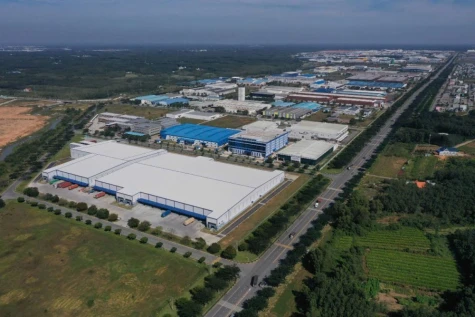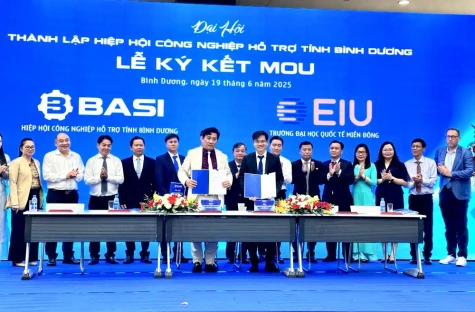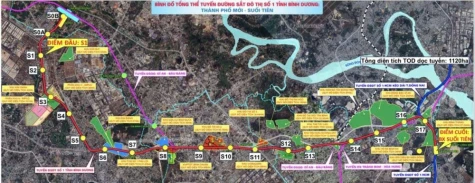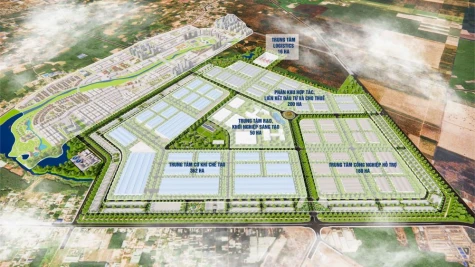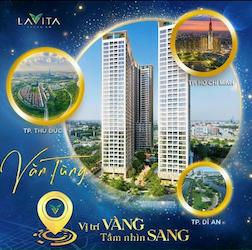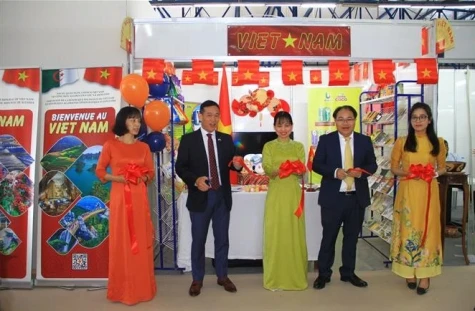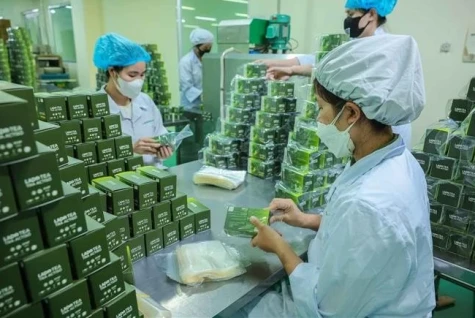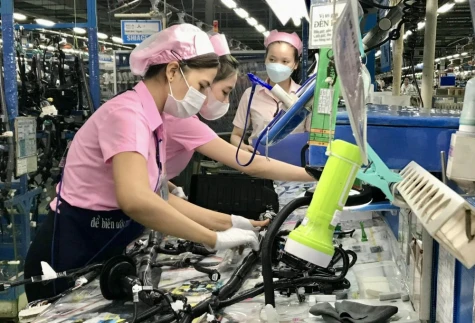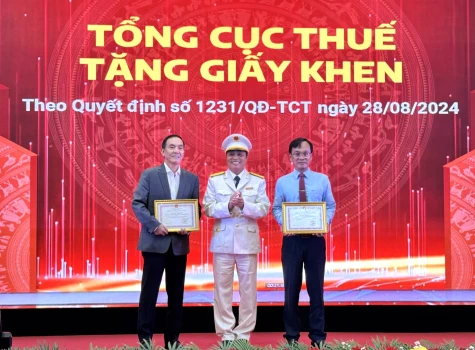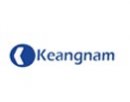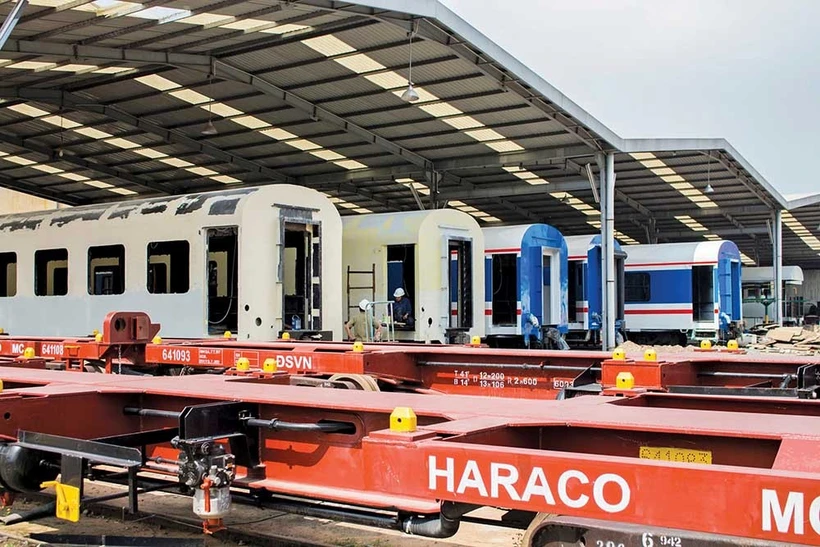
Vietnam’s railway sector is set for a significant uplift as the nation prepares for the nearly 8.37 billion USD Lao Cai - Hanoi - Hai Phong railway project, which was approved by the National Assembly and scheduled to begin construction in late 2025.
A launching pad
“The Lao Cai - Hanoi - Hai Phong railway project presents a valuable opportunity for domestic enterprises to adapt and gradually establish the foundation for a modern railway industry. This project is expected to pave the way for larger ambitions, such as the high-speed North-South railway and urban rail projects,” a senior leader of the Vietnam Railways Corporation (VNR) said following the National Assembly’s approval of the project’s investment policy on February 19.
A day earlier, the government had submitted Report No. 109/BC-CP to the National Assembly, addressing draft resolutions and clarifying feedback from parliamentary members on the project’s investment policy. The report devoted significant attention to the acquisition, transfer, and mastery of railway technology.
A development plan for the entire railway sector has already been approved by the Politburo under Official dispatch No. 11376-CV/VPTW on September 18, 2024, regarding the high-speed North-South railway investment policy.
Under this plan, Vietnam’s railway industry aims to achieve full control over construction engineering and local assembly while gradually localising vehicles and components for national and urban rail systems by 2045.
The plan also envisions domestic production and step-by-step localisation of hardware and software for information, signalling, and power supply systems, alongside mastering operation and maintenance capabilities.
For the Lao Cai - Hanoi - Hai Phong railway project, the pre-feasibility study report outlines key areas for technology transfer. These include the acquisition of machinery and equipment suitable for producing locomotives and carriages for the national railway (with speeds below 200 km per hour) and the procurement of designs for urban railway production. For production and assembly technology transfer, the government plans to assign qualified domestic enterprises to form joint ventures with foreign partners.
Once the investment policy is approved and funding is secured for factory development and technology transfer, the VNR could manufacture vehicles for both national and urban railways and gradually produce components and spare parts for high-speed rail.
Pham Huu Son, General Director of the Transport Engineering Design Inc. (TEDI) - the lead consultant for the pre-feasibility study report - noted that the project’s planned 160 km/h rail technology aligns well with Vietnam’s conditions. This provides an excellent opportunity for domestic construction and railway engineering firms to deepen their involvement and eventually master the technology.“Alongside the North-South high-speed railway project, this initiative serves as a foundation for developing Vietnam’s railway and supporting industries,” a TEDI representative stated.
Early moves
According to the Vietnam Railway Authority, as of January 2025, 35 domestic railway-related facilities are involved in manufacturing, maintenance, repair, and production of locomotives, carriages, and railway equipment. Despite this infrastructure, the railway industry remains underdeveloped. Most railway equipment and components still rely on imports, and domestic production capacity is limited by outdated and fragmented technology.
“The sector’s annual production value averages just 343 billion VND (13.7 USD million), highlighting significant challenges amid the rapid progress of Industry 4.0,” noted Tran Thien Canh, Director of the Vietnam Railway Authority.
In preparation for the Lao Cai - Hanoi - Hai Phong railway project, the industry has made strategic moves to enhance its technological capabilities. In February 2025, the Ministry of Industry and Trade established a drafting committee to develop a support industry plan aimed at modernising railway manufacturing and integrating it with other industrial sectors.
The VNR has also proposed forming joint ventures between domestic and international partners, with local companies holding controlling stakes. To ensure the success of these ventures, the VNR has suggested three special mechanisms: establishing a preferential pricing framework for domestic railway enterprises, designating railway industrial products as key mechanical products, and revising land and asset valuation policies to boost capital and competitiveness.
“This is a critical step toward becoming a supplier of materials and components for major projects like the Lao Cai - Hanoi - Hai Phong railway, the North-South high-speed railway, and urban rail systems in Ho Chi Minh City and Hanoi,” said Dang Sy Manh, Chairman of the VNR’s Board of Members.
Lessons from global railway development
Vietnam’s railway industry can draw valuable lessons from countries that have successfully developed their domestic railway sectors. Nations like China, Spain, and Poland have gradually increased localisation rates through joint ventures with major global integrators such as Kawasaki (Japan), Siemens (Germany), Alstom (France), and Bombardier (Canada).
Strategic steps from procurement to full system operation have enabled domestic enterprises to master system design, train assembly, and production of hardware and software for railway operations.
In the initial stages, government investment in infrastructure and comprehensive procurement combined with tax incentives on land and imported goods has been crucial in supporting the industry's development. By establishing specialised research centres equipped with advanced experimental tools and software for economic, technical, and environmental analysis has provided a strong foundation for innovation.
And finally, by ensuring infrastructure compatibility across domestic and international rail networks has fostered broader industrial growth in mechanics, electronics, and information technology./.
VNA








